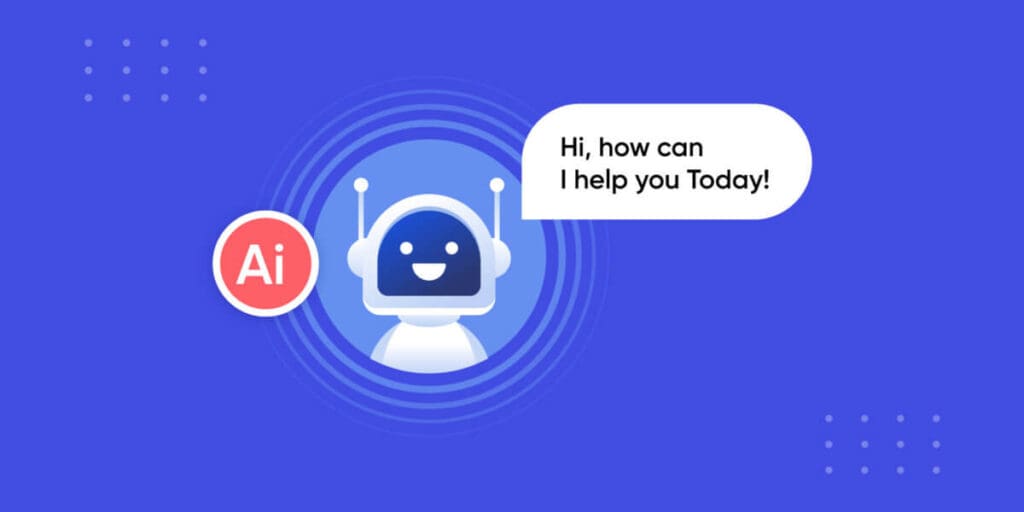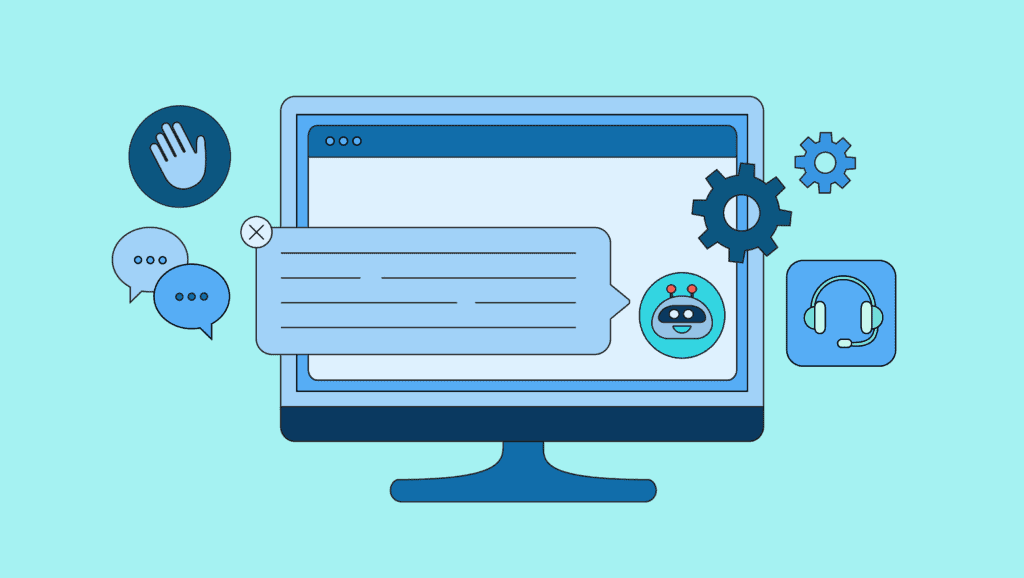In today’s digital era, automated messaging platforms like Facebook and Kik have revolutionized communication. One of the fascinating outcomes of this technological advancement is the growing popularity of chatbots. These intelligent virtual assistants have quickly gained traction, proving to be valuable assets for businesses worldwide. This article explores the benefits and drawbacks of chatbots, helping you determine whether integrating them is the right choice for your business.
Introduction
The rise of chatbots has been nothing short of remarkable. With the introduction of automated messaging platforms such as Facebook and Kik, these virtual assistants have become ubiquitous. In 2016 alone, the number of chatbots on Facebook skyrocketed from zero to an astonishing 18,000. Kik, on the other hand, witnessed an astounding 350 million automated messages exchanged between its 300 million registered users within the first seven months of introducing chatbots. Chances are, you have encountered chatbots on various websites, initially mistaking them for real people. They often appear as a popup, complete with an agent’s picture and name, offering assistance or answering questions. But what exactly are chatbots, and how do they function?
Understanding Chatbots
Chatbots leverage advanced artificial intelligence to interact with users and address their queries. These sophisticated programs can engage in human-like conversations, making it difficult to differentiate between a chatbot and a human agent. However, it’s important to note that chatbots do have limitations. When faced with complex inquiries, they may prompt users to seek additional support through phone calls, emails, support forms, or Frequently Asked Questions (FAQ) pages. Despite their limitations, chatbots offer a range of benefits that businesses can leverage to enhance customer support and streamline operations.
Benefits of Chatbots
Streamlined Customer Support
One of the key advantages of chatbots is their ability to streamline customer support. By automating routine queries, chatbots reduce the workload of human support agents. This allows the human agents to focus on more complex tasks and provide personalized assistance to customers with critical issues. As a result, businesses can offer faster response times and improve overall customer satisfaction.
Quick Information Delivery
Chatbots excel at delivering information promptly, significantly enhancing the customer experience. Through chatbot conversations, companies can gain valuable insights by analyzing user queries. By leveraging chatbot logs, businesses can identify common questions and tailor their responses accordingly, ensuring customers receive accurate and timely information.
Cost Savings
Automating certain customer interactions with chatbots helps businesses optimize their workforce, lower operational costs, and allocate human agents to more critical tasks. By reducing the need for additional human resources, chatbots enable cost savings while still maintaining quality customer support.
Drawbacks of Chatbots
While chatbots offer numerous benefits, it’s essential to be aware of their limitations to manage customer expectations effectively. Understanding these drawbacks will help you make an informed decision regarding the integration of chatbots into your business strategy.
Limitations of Artificial Intelligence
Despite significant advancements in artificial intelligence, chatbots have not reached a level where they can replace human interaction entirely. There will be instances when chatbots fail to assist customers adequately, potentially leading to frustration and dissatisfaction. To mitigate this, it’s crucial to ensure that your chatbot seamlessly directs customers to live help when necessary.
Quality of Programming
With the rapid growth of chatbot usage, it’s important to choose reliable and well-tested chatbot platforms. Poorly programmed chatbots can result in technical glitches that frustrate customers. It’s vital to thoroughly test your chatbot’s.




